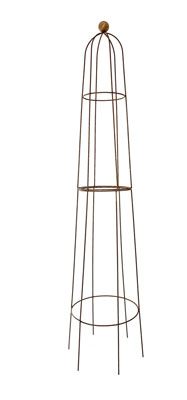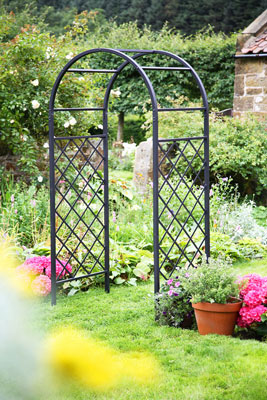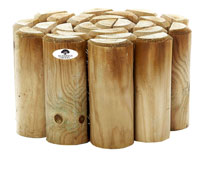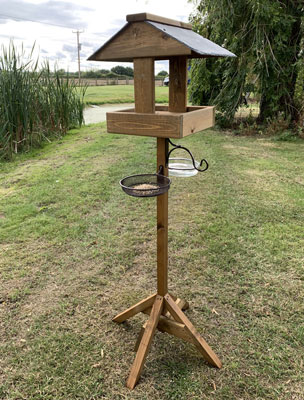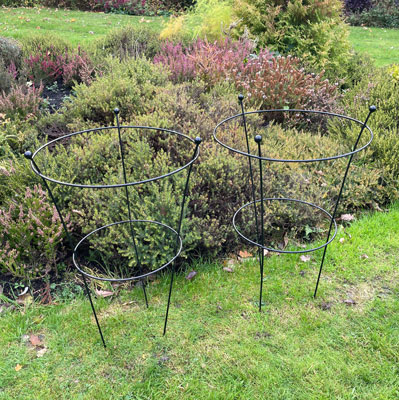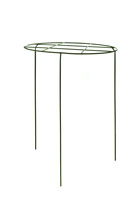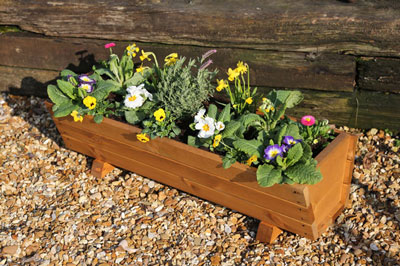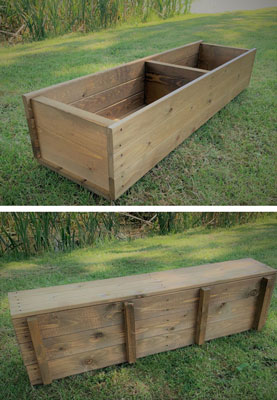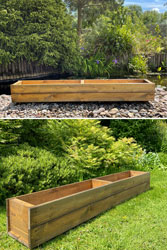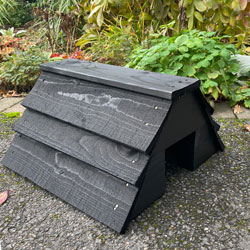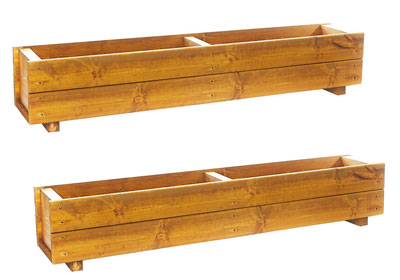Types of Plants
Peony Varieties
There are about a thousand varieties from 33 species so like many other flowers you will always find new ones.
Herbaceous Peonies
Kelways Glorious Peony A white double type peony. Masses of flowers.
Kansas Peony A red double. Fragrant and good for cutting.
Coral Sunset Peony A semi double starts out pink, then turns slowly yellow.
Inspecteur Lavergne Peony A deep red double, fragrant and good for cutting.
Reine Hortense Peony A pink double with splashes of red and white. Fragrant, good
For cutting. Late flowering.
White Wings Peony A simple, single white. One of the best for shady areas
Claire de Lune Peony A single yellow with a golden centre. Very early.
Mr G F Hemerik Peony Single pink with yellow centre.
Noemi Demay Peony Short, pink double. Very fragrant. Good for exposed areas.
Itoh Bartzella Peony Bright yellow semi double with red splashes in the centre.
Black Beauty Peony A very dark red double, mildly fragrant.
Irises
Iris was the Greek goddess of the rainbow. There are two basic types of iris, those which grow from rhizomes and those which grow from bulbs. The rhizomatous irises are the ones most commonly grown in gardens and mostly derive from the common flag iris. Bulbous irises are the ones most commonly encountered in florists shops.
All iris flowers have six petals, the three outer ones called falls droop down, and the three inner ones, the standards, stand up. Rhizomatus irises are again subdivided into two major groups, the bearded, which have hairs on the falls, and beardless which don’t. There are many, many hybrid irises as nurserymen struggle to come up with new marketable flowers.
Cultivation of irises is easy, they are mostly very hardy and are happy in moist, or even damp soil the exceptions are the bulbous, Dutch and Spanish irises which require a drier soil, more warmth and can be difficult to keep flowering. Rhizomes should be planted five cms below the soil level. Neutral or slightly acid soils are preferred and a little shade is ideal for some but others like full sun and will tolerate lime. It is generally the crested irises (where the hairs of the beards are erect) that are the more fussy. The ideal planting time is early autumn for most varieties, after planting cut off the top half of the leaves with a sharp pair of scissors. Sometimes plants can take a year or two to settle down after planting, and some do not like being disturbed.
Propagation is best done in September, by dividing the rhizome up into sections each having one or two “fans”. If the rhizomes have formed a clump, take new sections from the edge and discard the centre.
Peonies Plants
Peonies make for very impressive garden plants, and even more impressive cut flowers. They are supposed not to like having their roots disturbed, but I have never found this to be a problem obviously lift and divide between October and March, and be careful with the depth of planting it is important.
They will grow in any decent soil as long as they have a supply of water, either regularly applied or retained in the soil. Before planting incorporate compost and bone meal as the plants are likely to be in the same position for many years. Ideally this position should avoid early morning sun, but be reasonably sunny the rest of the day.
Be aware that there are two sorts of peony the normal showy ones are herbaceous perennials, but there are also more woody, shrubby peonies, sometimes called tree peonies. The herbaceous types must not be planted too deep, the crown must never be more than 2 cms below the surface or flowering may simply never happen. For the shrubby peonies, the join between the root and the plant should be 6-8 cms below the surface for best results.
Propagation of herbaceous peonies is best done by seed or dividing (classically in September). Seed is sown into pots in a cold frame or cool greenhouse in September, plant out early the following summer either into a nursery bed or into final position if you can look after it well enough there. Seedlings will take three years before they start to do much. My advice for shrubby peonies is layering, and allow each layer two year to make root before severing from the mother plant. I have never managed to make a cutting work.
Sempervivums Plants
If you are new to gardening or lack confidence in your ability to keep plants alive sempervivums are the plants for you, their name means always alive.They live up to their name too, the only way you are likely is by overwatering. Sempervivums are also known as house leeks or hens and chickens
To get the best out of them, plant them in alpine compost, or if you can’t get that use John Innes No1 compost mixed with a little slow release fertiliser and some grit, either alpine grit or horticultural grit in a ratio of about 4 or 5 of compost to one of grit. Plant your sempervivums and then spread a layer of grit on the surface to keep the necks of the plants away from water. They will prefer a sunny position but anything other than deep shade will do.
The only things you need to do now are water a little during extended dry periods and feed with a weak Tomorite feed once a year in Spring. If you are growing in a pot change the compost every couple of years, maybe every three years for container grown plants
You will find that your plants will grow offsets around the circumference and these can be pulled of once they are part grown and used to extend your stock Each of the rosettes will flower just once but you will already have a number of offsets from which to replace it.
Sempervivums are alpine succulents that grow between rocks in the wild, consequently they do not need much soil. This has led to them commonly being grown in shallow containers or on hypertufa or rocks, on pieces of driftwood, or even on flat roofs.
Plants for Shade
Contrary to popular belief shady areas can be planted with a large number of plants which can provide year round colour. Obviously if the shade is very deep growth will be slower and plants smaller than where more light can reach the leaves. In extremely deep shade very few things will survive, but you are unlikely to come across this extreme.
Maybe the classics of the shaded area are ferns and hostas along with other large leaved perennials, but these plants do little to brighten up a dull area. Before you start planting, is there anything you can do to increase the amount of direct sun the plants will get – maybe chop a branch or two off a tree or paint a wall white to at least maximise the reflected light.
There are a number of annuals that will do quite well in shady areas. Try some of the following: antirrhinum, begonia, pansy, mimulus, impatiens and alyssum. Nicotiana, the tobacco plant should do well and will give off a wonderful perfume at night.
Amongst perennials pulmonaria, astilbe, vinca, , lychnis violet, fuchsia primrose and primula are all likely to thrive. Of especial use are lily of the valley which has a very strong perfume and bergenia (which comes in many colours, not just the usual purple) which flowers in very early spring.
Many shrubs will also do quite well, hypericum, mahonia and serococca are probably the most tolerant with many species of azalea and rhododendron not far behind. A lot of heathers will also do well, just growing more slowly than in less shaded areas.
Biennial Plants
A biennial is a plant where you sow the seed in year one and during that year the plant grows but does not flower. In year two the biennial will flower, set seed and then die. Except that sometimes they actually live for a few years!
As with annuals there are a number of things you can do to optimise your display. Firstly give your plants a bit of space say 3-4 inches between plants, and once you have got four leaves pinch out the growing tip – this will make a bushier plant. The pinching out can be repeated when each of the resultant shoots has two or more leaves.
The most important thing to do, as with all flowering plants is to stop them setting seed by removing the dead or dying flowers early. The plant will now try extra hard to set seed before it dies by producing more flowers. You may like to let some seeds set later in the season if you want the plant to self seed.
Using a high potash fertiliser, frequently sold as tomato feed, every couple of weeks from the beginning of July will again encourage more flowers. Do not apply general or high nitrogen fertilisers or you will find you get a luxurious bunch of leave and few flowers.
Perhaps the commonest biennials are sweet williams, wallflowers and foxgloves.


